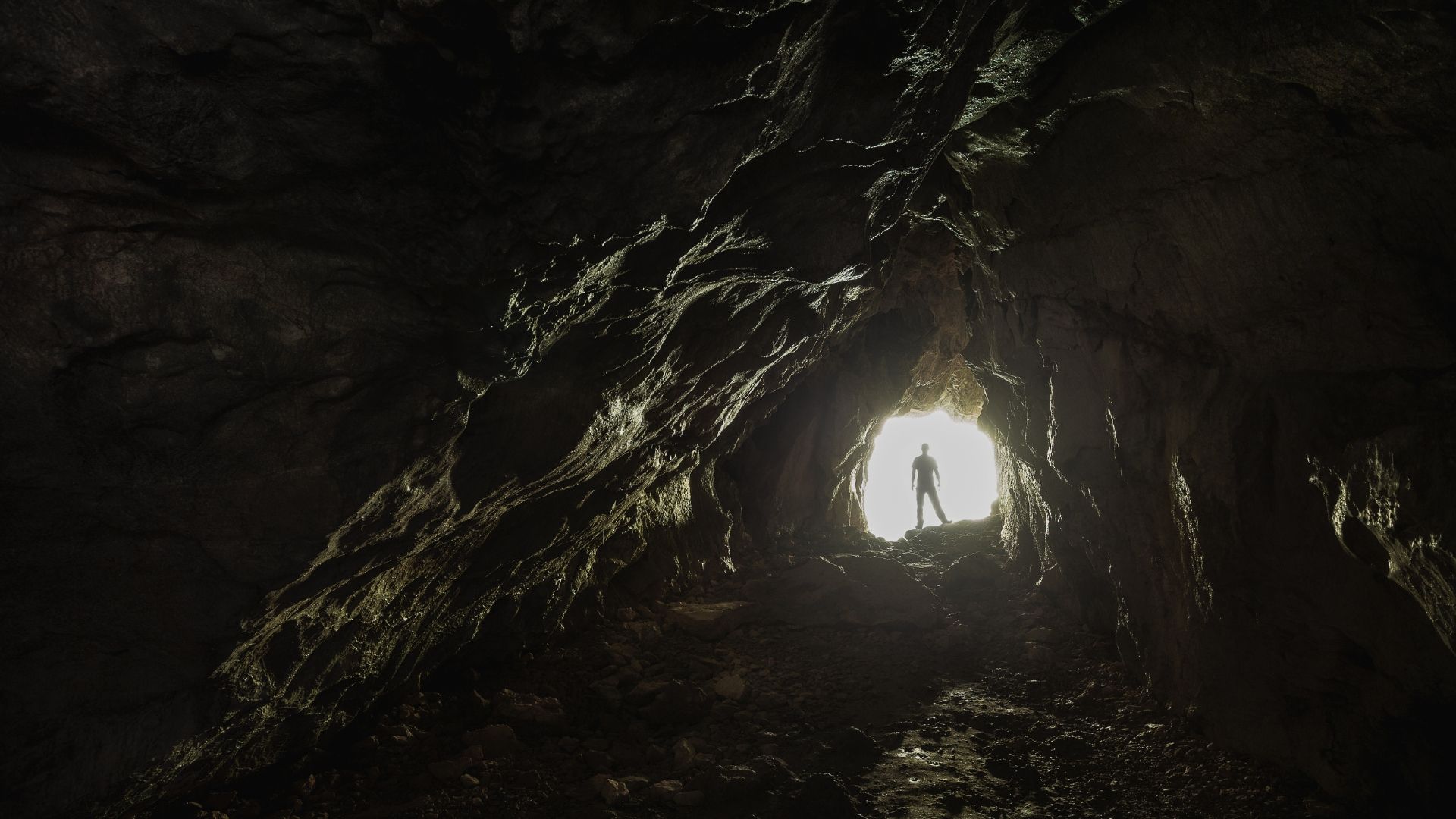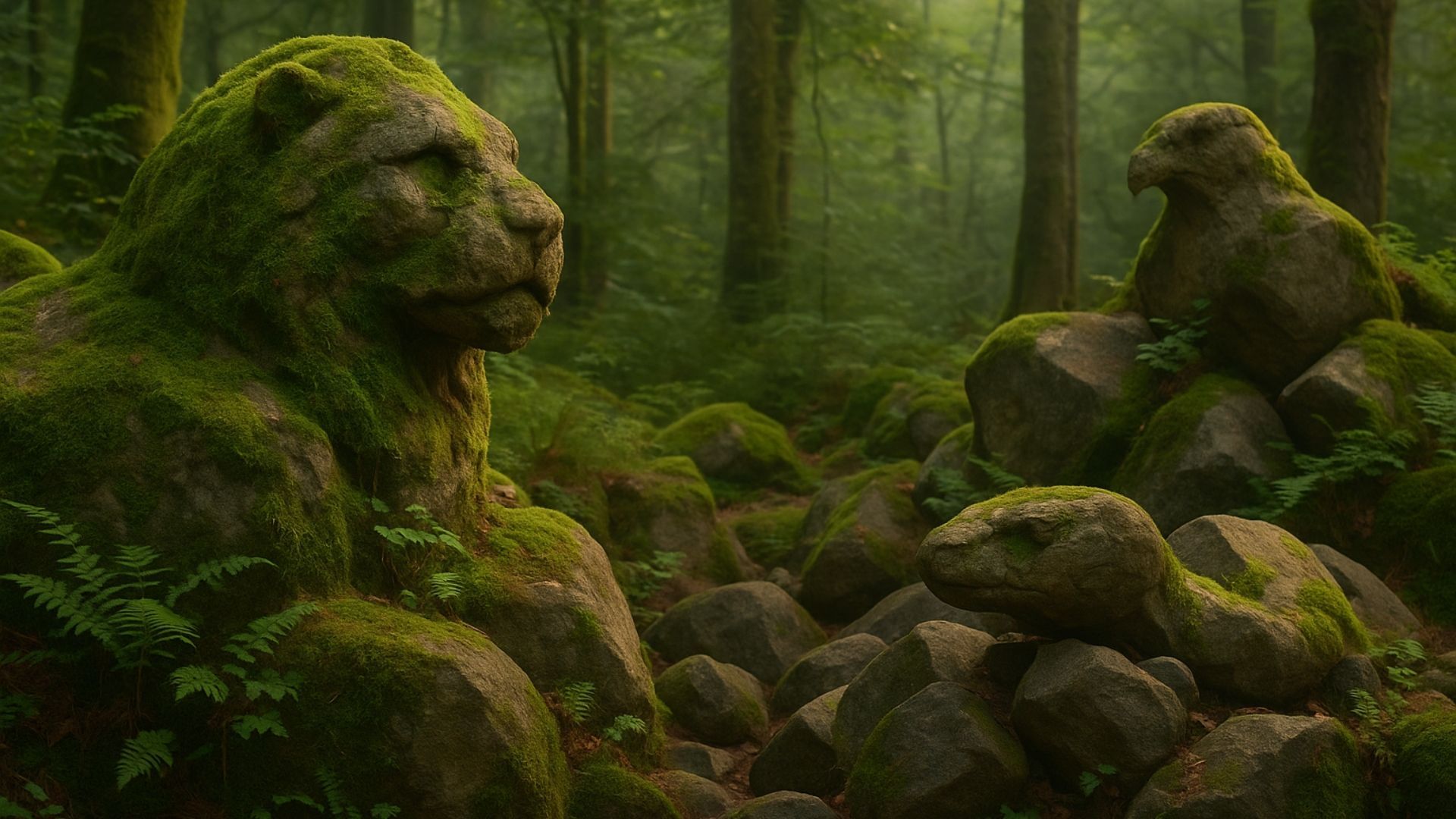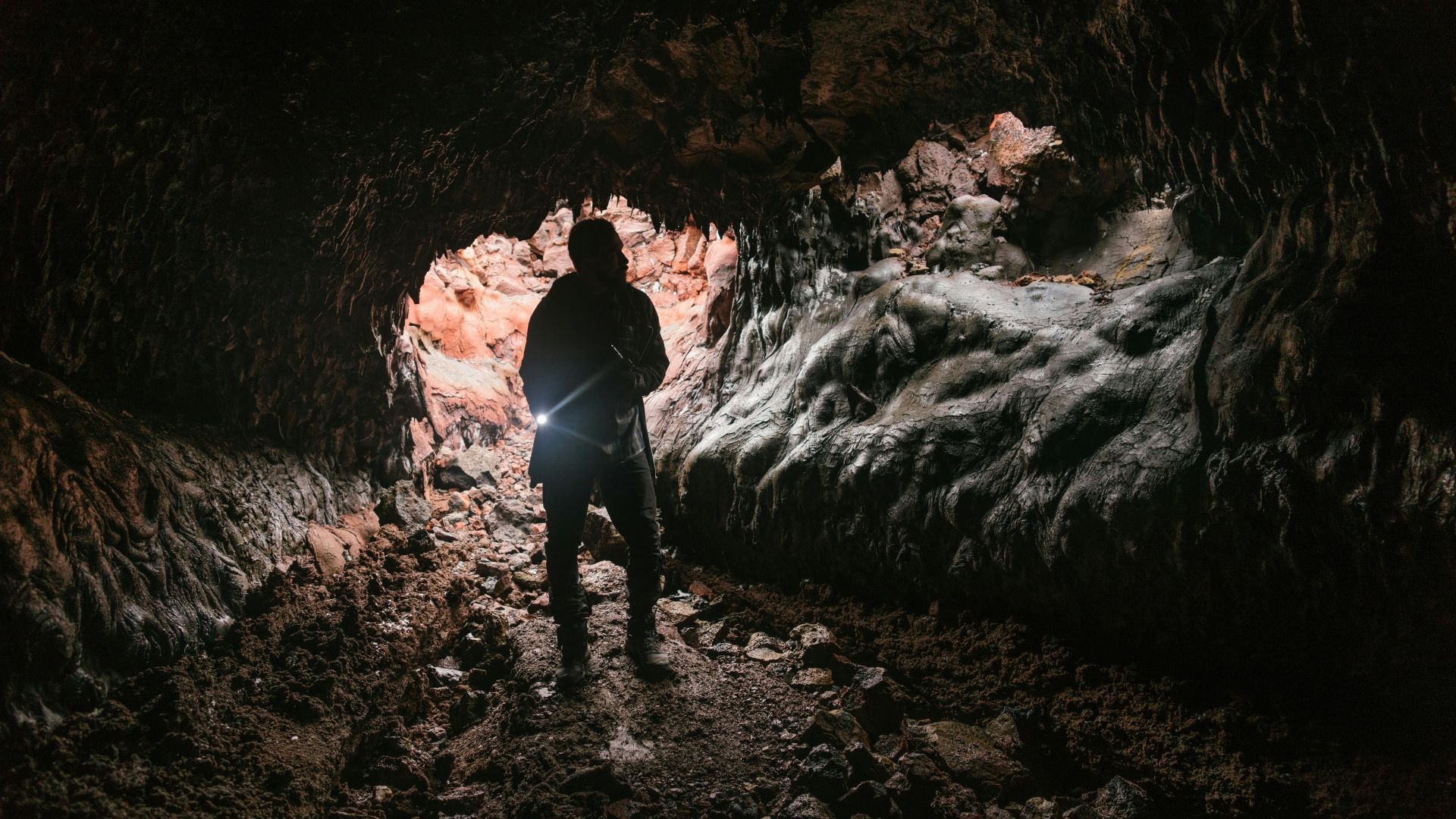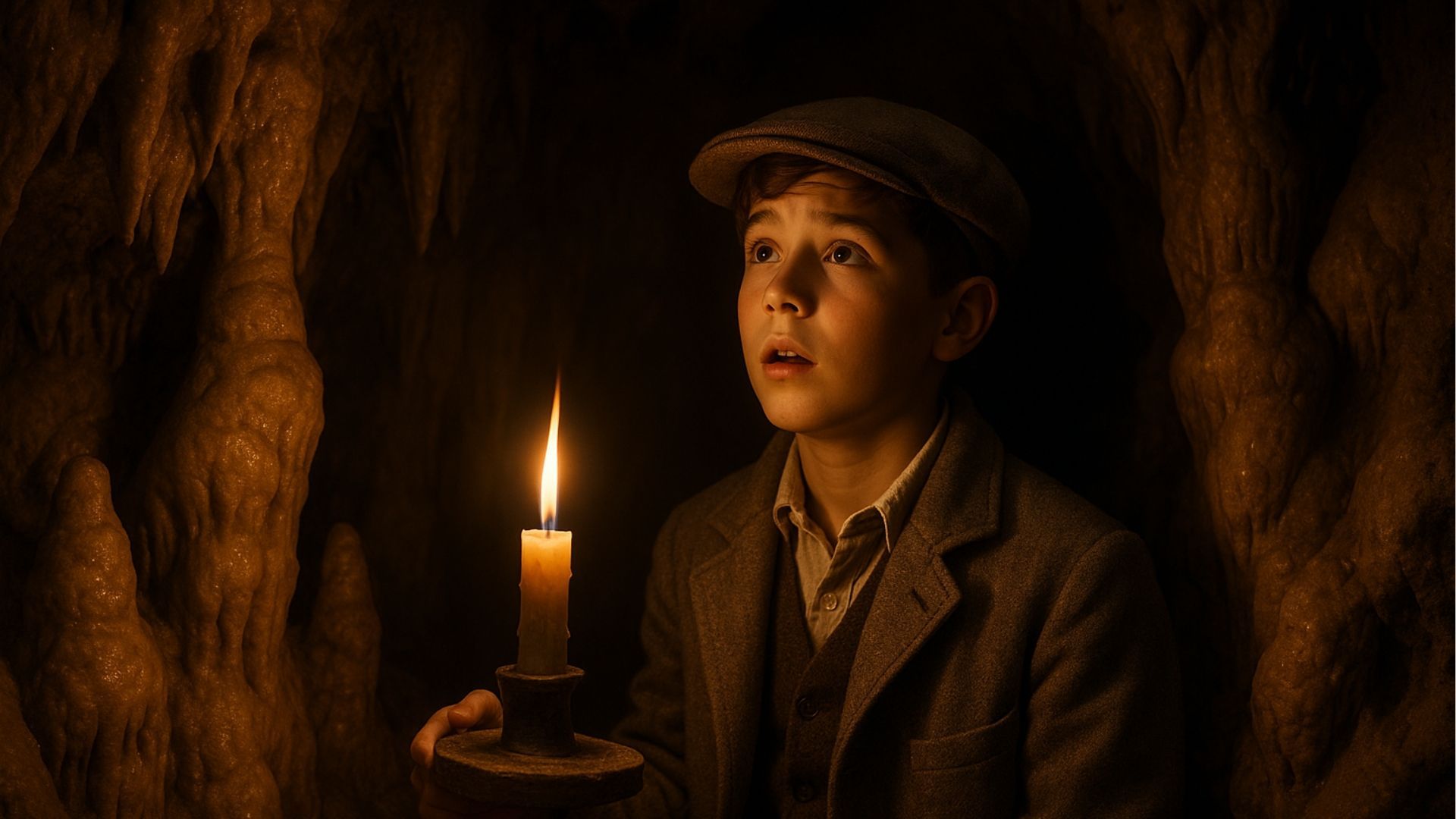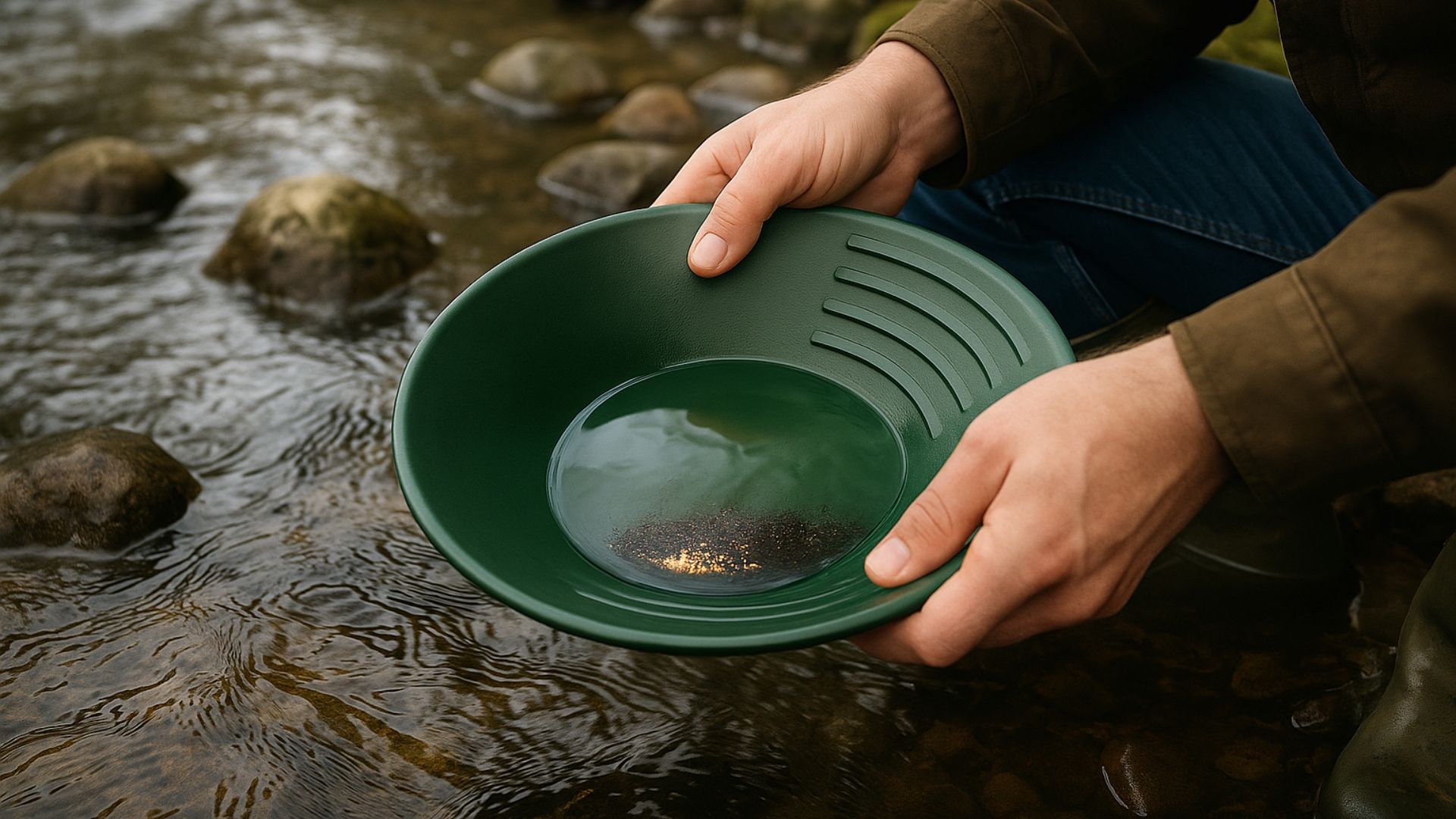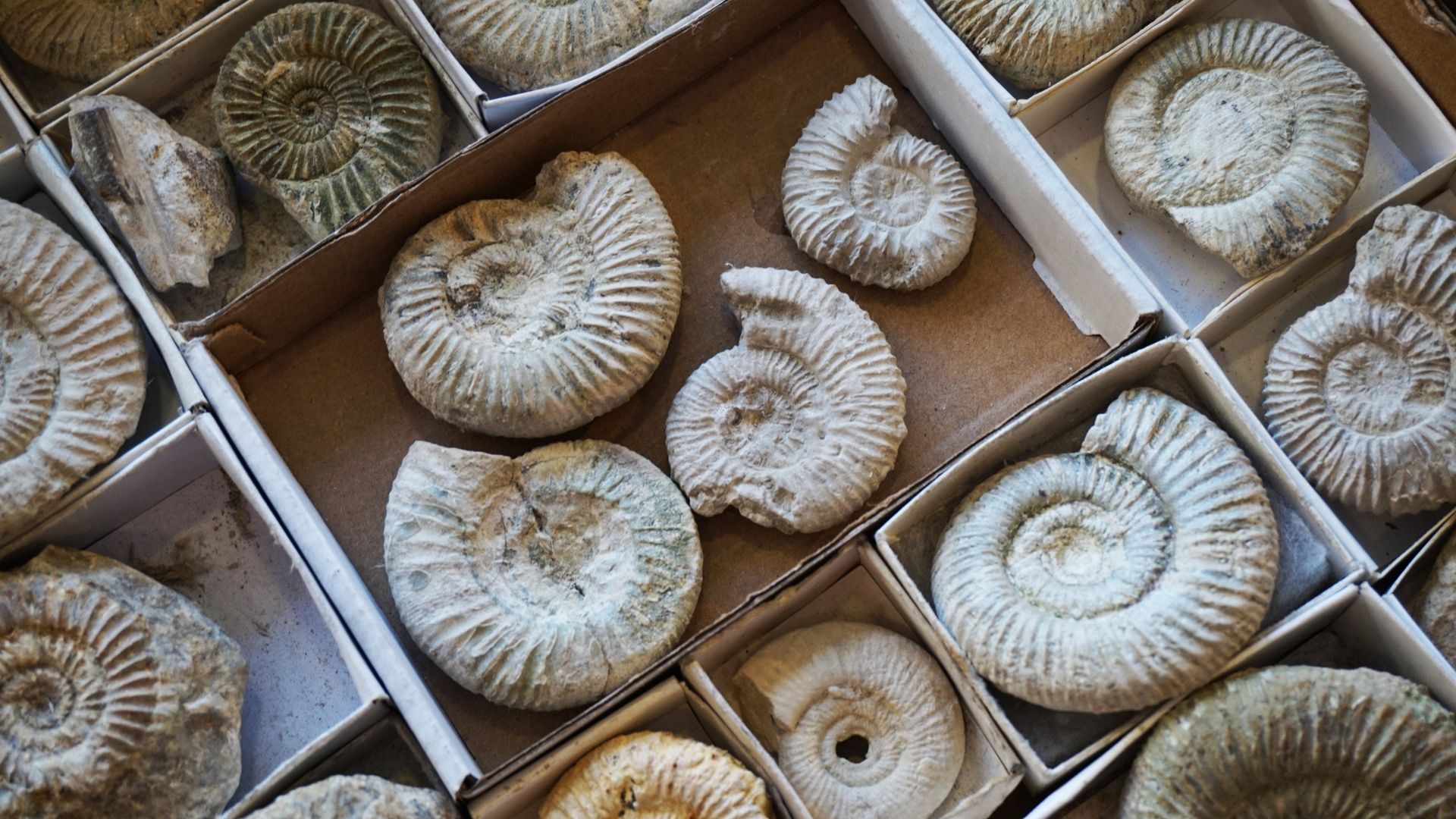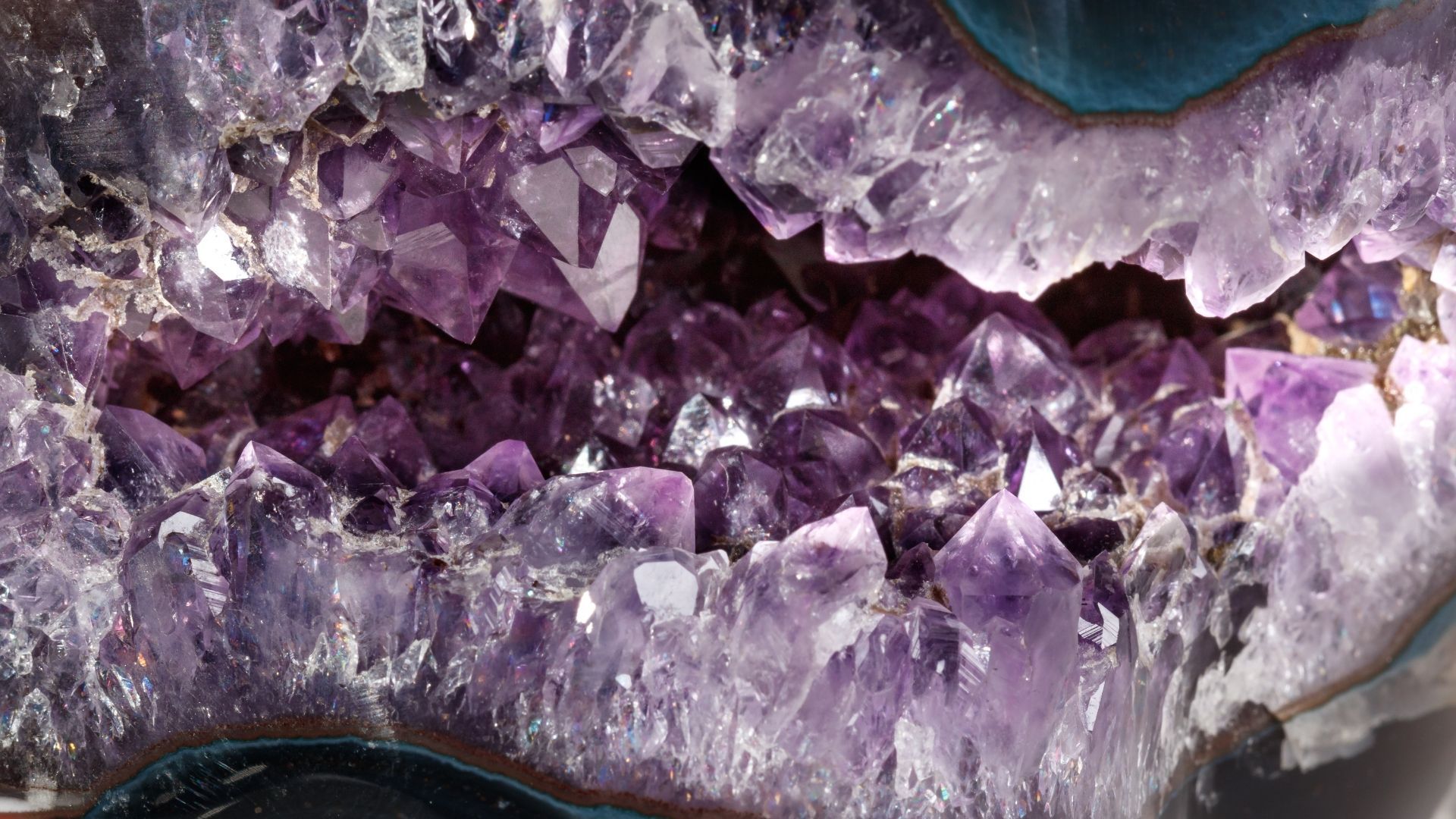What are cave pearls? (And 14 more unusual cave formations)
What are cave pearls, exactly? Learn about these unusual rock formations and 14 more in our guide.
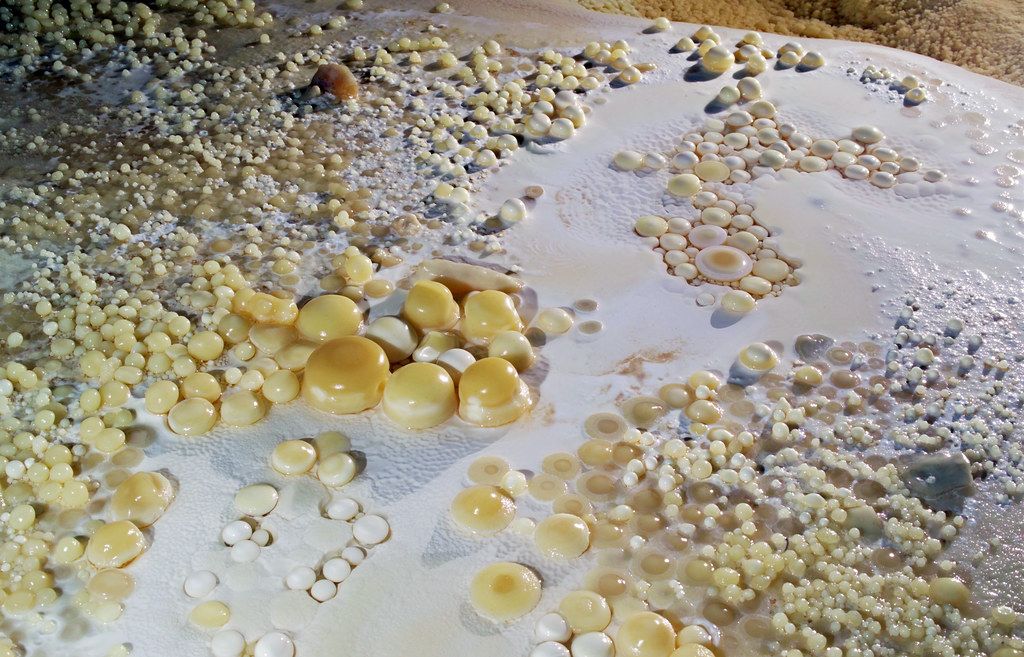
Cave formations ("speleothems") are cool. There's no doubt about it. And cave pearls are just the start – there are many more weird and wonderful cave formations out there to discover.
Let's put on our geologists' hats and look at 15 of the beauties.
1. Cave pearls
As the name suggests, cave pearls are small and usually spherical cave formations that look very similar to the oyster pearls commonly used in jewellery. They're found in limestone caves and form when calcium salts layer concentrically around a nucleus. The water swishing around caves polishes them up, making them all glossy and beautiful.
2. Boxwork
A sight to behold, boxwork cave formations have unique, intricate patterns that look like honeycombs. They're created by gigantic cave bees… (Only joking. That would be terrifying.)
These structures are created when water drips down cave ceilings and walls, dissolving limestone and forming thin calcite blades that project out.
You're most likely to see them in caves with large entrances – or caves with multiple entrances that get lots of direct sunlight.
3. Frostwork
Oh so pretty, frostwork cave formations are formed with needle-like structures that give it a snowflake or ice-like shape. They are usually made from aragonite or calcite, but they can also be formed of gypsum or opal.
The jury is still out on how these formations come to be. Some attribute it to moist circulating air coating rocks with dissolved calcium carbonate. Others think they may form from seeping water in cave passages where evaporation is high.
4. Cave popcorn
Mmm – popcorn! This cool-looking cave formation looks like someone scattered some popcorn kernels and turned the heat up high.
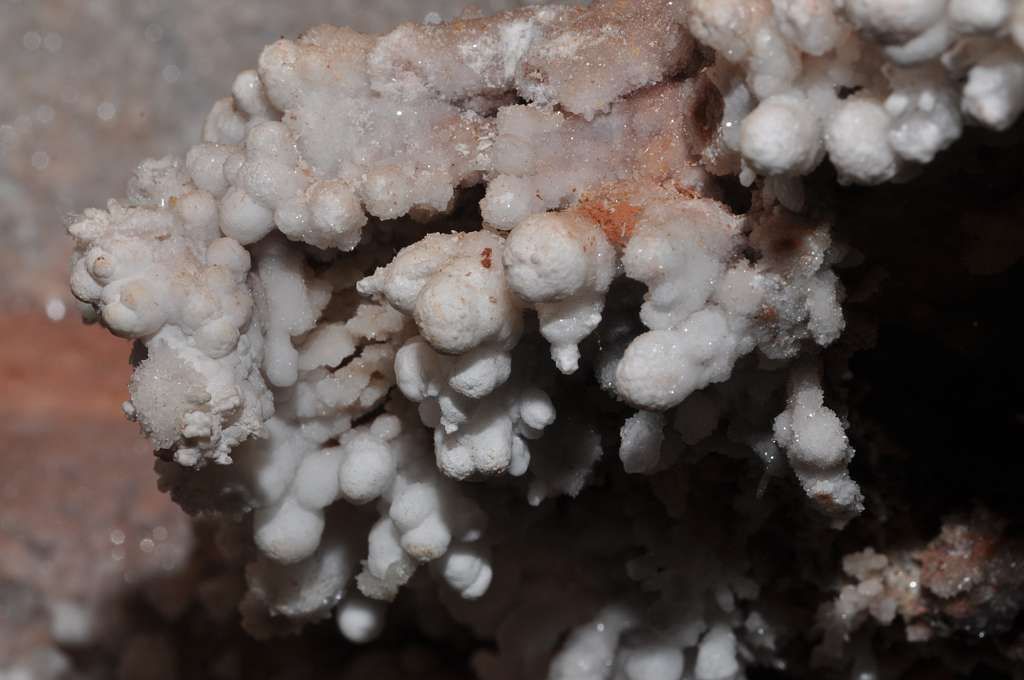
They're pretty common, usually white in colour and tend to chill about with frostwork or other needle-like formations.
But whatever you do, don't eat it.
5. Dogtooth spar
Dogtooth spar formations are named as such due to their resemblance to dog's teeth – you'd never have guessed that would you?
These large calcite crystals come to be through mineral precipitation. You can find them in caves as well as geodes.
A cave full of teeth… not scary at all…
6. Flowstones
One of the most majestic types of cave formations in the world, flowstones are deposits of calcite and other carbonates that form flowing sheetlike deposits.
They're formed when mineral-rich water flows down cave walls or along cave floors. You can usually spot them in limestone caves. Some of the most impressive formations at Stump Cross Caverns are flowstone formations.
7. Calcite rafts
Just imagine for a second how peaceful it would be to be a calcite crystal raft floating along in cave water. These cool crystals form on the surface of quiescent (stagnant) water, joining together as they grow.
They're usually white or opaque and have been called 'leopard spots'. Very chic.
8. Helictites
Considered to be one of the most delicate cave formations, these curving, angular wonders are rarely seen in caves that tourists can visit. Or, at least, not within arm's reach.
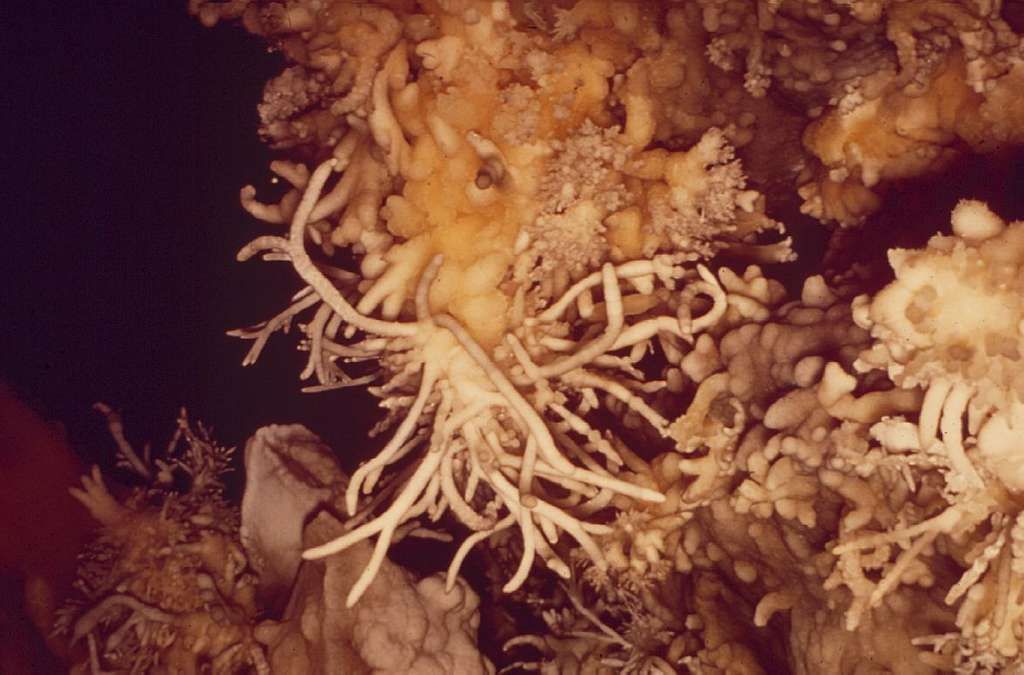
Helictites form many intriguing shapes because they grow in different directions at various stages of their development. These types of formations have earned many colourful names, including:
- Fishtails
- Ribbons
- Saws
- Rods
- Butterflies
- Curly fries
- Clumps of worms
- Hands
9. Soda straws
Fancy a sip? Nature has created stunning straw-like cave formations in the shape of hollow cylindrical tubes.
Also known as tubular stalactites, these straws grow in caves in areas where water slowly leaches through the cracks in rocks. You're most likely to spot them on cave roofs.
10. Chandeliers
Some caves are fancier than others, displaying magnificent claw-like gypsum stalactites with large crystals on the ends of them.
These formations are quite rare – they're only witnessed in a few caves in the southwestern USA. That includes the Lechuguilla Cave in New Mexico, which houses the largest and most impressive cave chandelier ever discovered.
11. Fried egg stalagmites
How do you like your eggs? If you like them fried, you might want to check out these tasty-looking wonders.
These unique formations have a disc shape with a round yolk-like central depression. They're formed when calcite-rich water falls onto pre-existing stalagmites.
12. Snottites
Bless you! Snottites, also known as "snoticles", look like something you'd see hanging from someone's nostrils rather than cave walls and ceilings.
Composed of single-celled bacteria, these formations have the consistency of – you guessed it – snot.
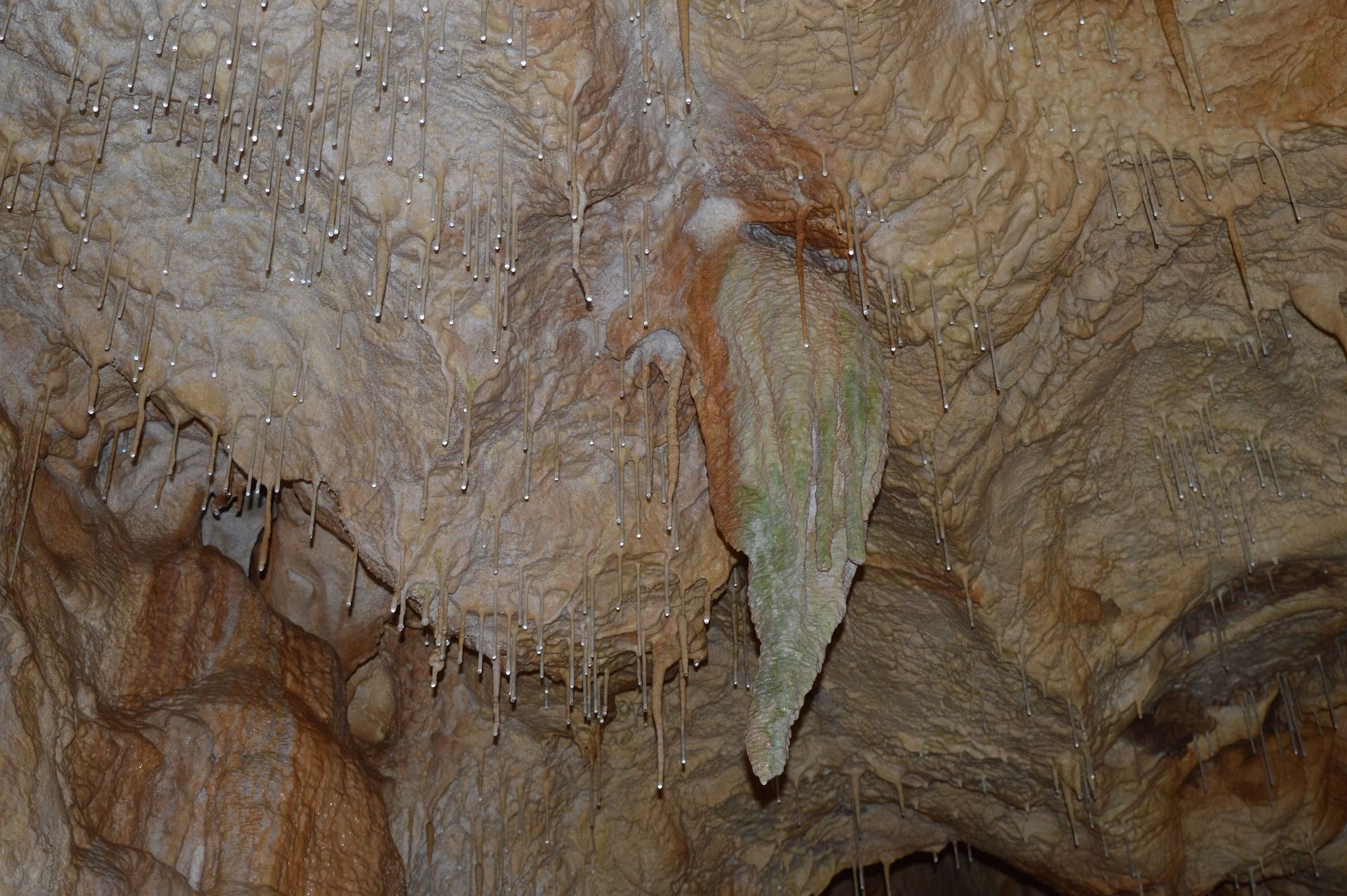
Professor Brian Cox examined these yucky phenomena and claimed that if there was life on Mars, it would probably be similarly primitive to snotties.
13. Hells Bells
Ding, dong! Hells Bells are hollow bell- or cone-shaped carbonate structures that can reach a whopping two metres long.
These slightly eerie wonders are thought to be formed through complex interactions between cave water and the microorganisms that live amongst it. They thrive in toxic environments and were named after the AC/DC song "Hells Bells" by cave divers. Rock 'n' roll!
14. Lava tubes
A bit like a naturally formed London Underground, lava tubes are what's left over when a lava stream path becomes empty. They're formed when low-viscosity lava creates a hard crust in the earth that thickens and forms a roof over flowing lava.
These formations can be up to 15 metres wide and extremely long. The lengthiest known tube is the 31-mile-long Manua Loa, which enters the ocean.
15. Curtains
You wouldn't think caves need curtains, since they're so dark already. However, nature decided to bestow them with some drapes anyway.
These calcite formations flow down from cave roofs and walls in a wavy shape that looks like hung curtains – with some looking like strips of bacon.
We've got a pretty cool one here at Stump Cross Caverns called The Curtain. This thin sheet of rock features dazzling red streaks that look like a dragon's wing.
Now you know about the coolest cave formations, why not come and see what you can spot here at Stump Cross Caverns? Explore some of the best-preserved prehistoric caves in the UK full of fascinating formations like The Twins, The Curtain, and the colourful stalactites in The Butcher's Shop. Book your tickets today.

